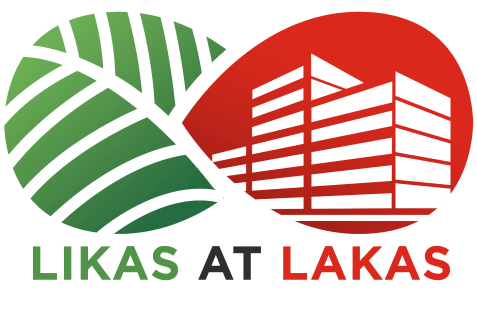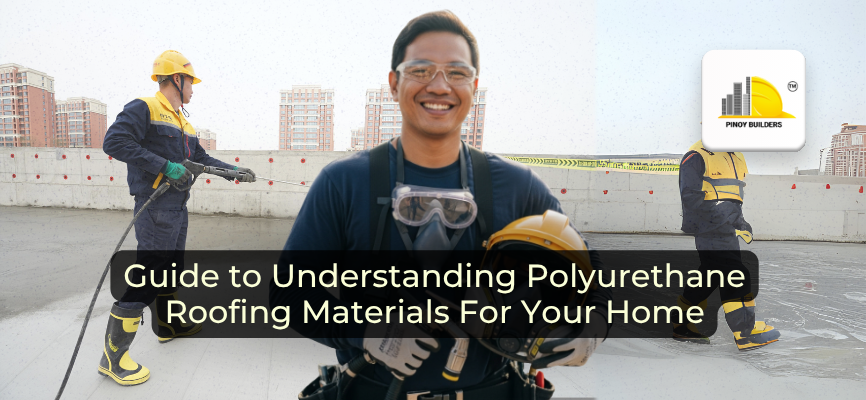In the Philippines, the weather can feel like a rollercoaster. One day it’s scorching hot and the sky is almost too bright, and then the next day another low-pressure area enters the country, which brings an onslaught of heavy rains for the next week or two.
These constant changes cannot be avoided, especially due to the irreversible effects of global warming, which is why it makes sense to have a roof that can, at least, handle such weather. Simple steel roofing may not cut it, and most structures need something that keeps your home cool during dry spells and dry during stormy days, all while helping you save on energy.
Polyurethane roofing has become a popular option for homeowners looking for both comfort and protection. This type of roofing is known for its strong insulation, waterproofing abilities, and long-term durability, making it ideal for most homes. Whether you’re building a new house or upgrading your current one, understanding how this material works can help you make a smart investment.
In this article, we’ll explain what polyurethane roofing is, the different types available, how it helps with heat and moisture, and what makes it a practical choice for homes in the Philippines.
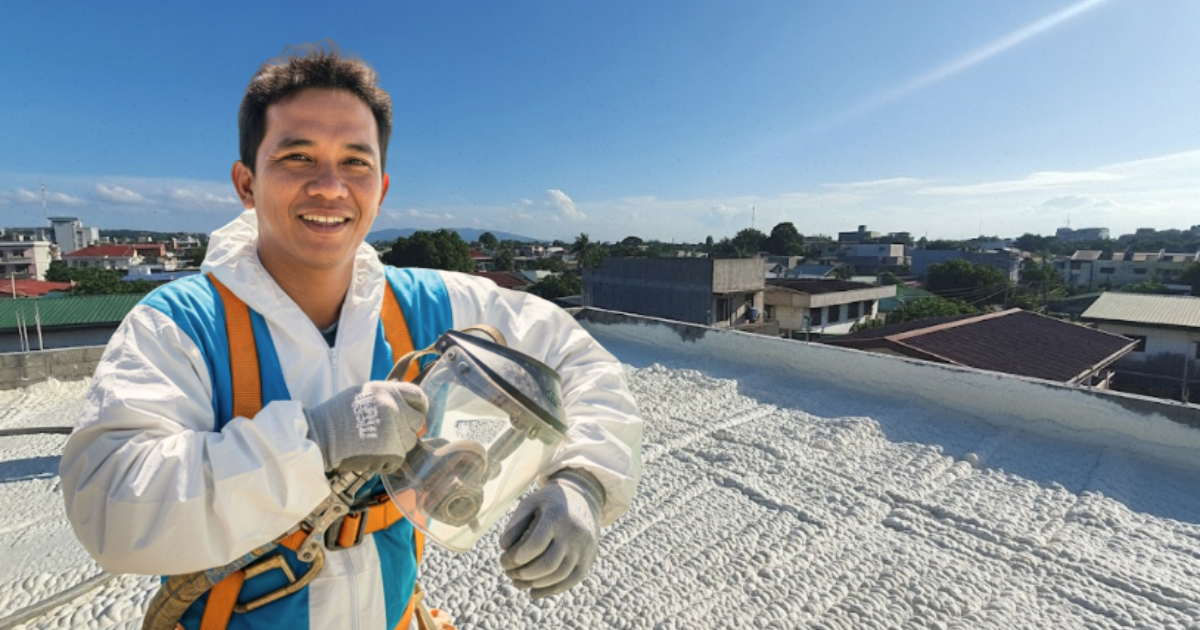
What is Polyurethane Roofing?
Polyurethane roofing refers to a type of roofing material made using polyurethane, a foam-like substance known for its insulating and sealing properties. Once applied or installed, polyurethane roofing forms a solid, protective layer over roofs, making them resistant to water, heat, and even wind.
Unlike traditional materials like galvanized iron or asphalt shingles, polyurethane delivers both protection and energy savings. It’s often used in both residential and commercial buildings where climate control and durability matter most.
Types of Polyurethane Roofing
Not all polyurethane roofing materials are the same. Each type is designed to meet specific needs, whether it’s for added durability, UV protection, or a faster installation. Knowing the difference helps you choose the right one for your home.
Below are three main types you’ll find in the market.
| Type | Description | Best Use | Key Characteristics | Key Benefits |
| Aromatic Polyurethane | Used as a base coat in roofing systems. Less UV-stable but highly durable. | Ideal as an underlying protective layer. |
| Provides a solid foundation and helps extend the life of topcoats. |
| Aliphatic Polyurethane | A UV-stable topcoat that protects against sunlight and weather exposure. | Best for exposed roof surfaces needing color retention. |
| Keeps roofs looking fresh and protects them from sun-related damage. |
| Polyurethane Panels | Pre-formed polyurethane foam-insulated panels are made for quick assembly and excellent thermal control. | Great for new builds or fast roofing upgrades. |
| Saves time during construction and reduces heat inside homes. |
Application Process of Polyurethane Roofing Material
Installing polyurethane roofing can be quick, clean, and highly effective when done right. The material adapts well to different roof types, making it a versatile option for both new homes and renovations.
Depending on your chosen type, installation can involve a seamless spray application or pre-formed panels. Each installation method offers practical benefits that are well-suited for the Philippine climate.
Spray Foam Application
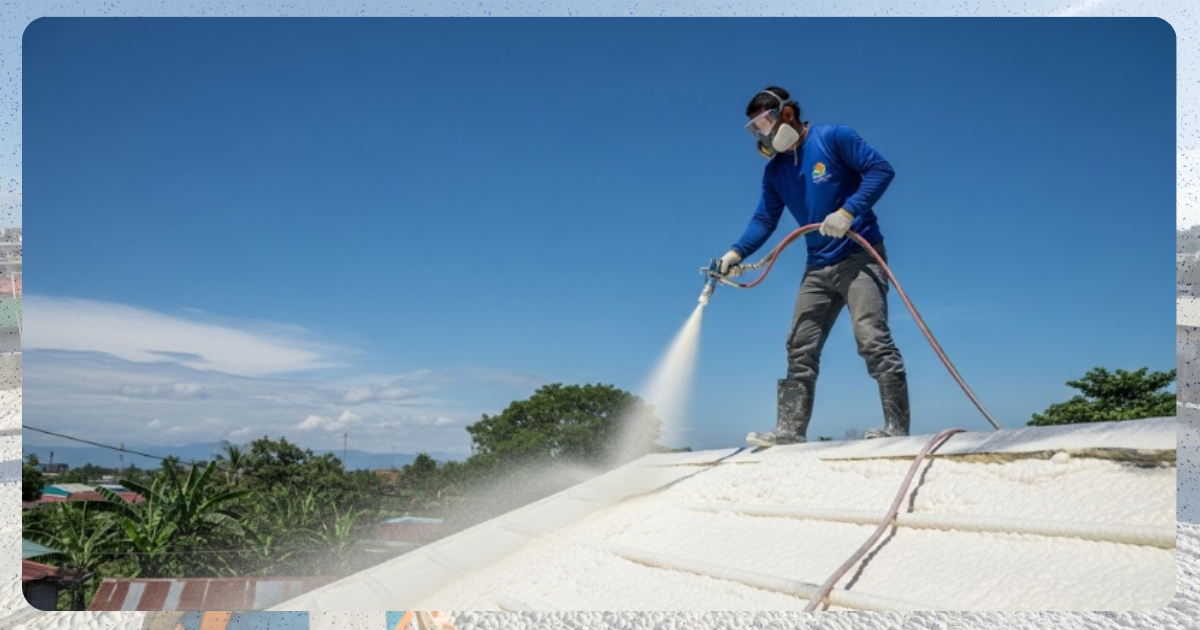
Spray polyurethane foam is applied directly onto the surface of the roof, where it expands and hardens into a seamless, waterproof layer. It fills gaps and contours easily, making it ideal for irregular shapes, tight corners, or flat roofs.
Panel Installation
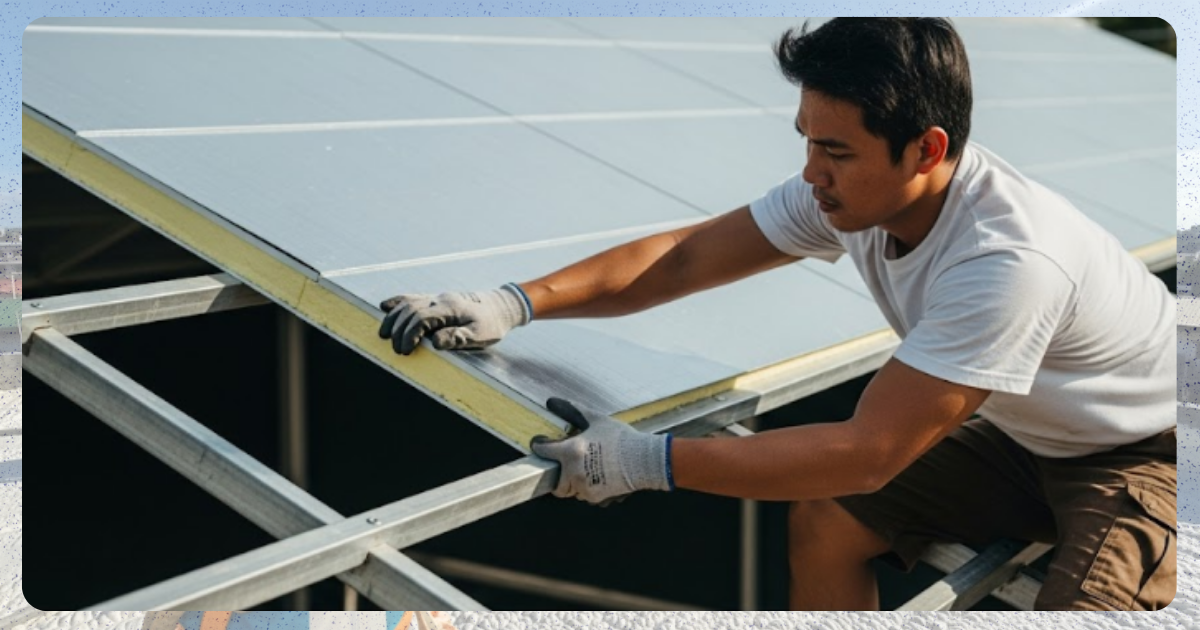
Polyurethane panels are installed like a sandwich system over structural supports. The panels come pre-insulated, allowing for faster installation while also boosting the home’s thermal protection and overall energy efficiency.
Applications in Residential Homes in the Philippines
Whether you live in a busy city or a rural province, polyurethane roofing fits right in. It works well for attics, flat roofs, and even ceilings, protecting against both heat and heavy rain.
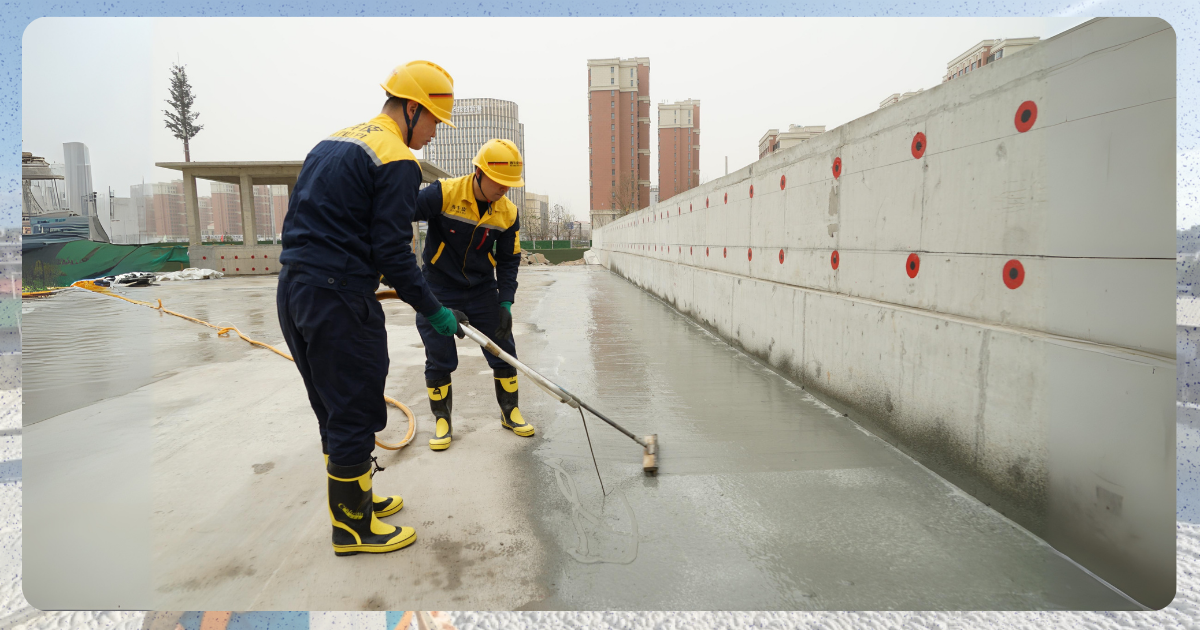
Maintenance Considerations
Keeping your polyurethane roof in top condition doesn’t require much, but a few simple routines can help it last even longer:
- Routine cleaning – This might sound a bit tedious, but cleaning your home’s roof routinely reduces the buildup of dirt, debris, and mildew. This lengthens your roof’s durability. At least once a year is essential, and you need to increase this if your roof is prone to collecting outdoor elements such as leaves, twigs, animal droppings, and other debris.
- UV recoating – Recoating is essential for your polyurethane roofs, and it may be needed every few years for spray-applied types, especially in areas with intense sun exposure.
- Regular inspections – Have your roof inspected at least once or twice a year to catch minor cracks or wear early. Preventive maintenance is always more effective than addressing major repairs after damage has occurred. Timely patching also helps preserve waterproofing and maintain structural integrity.
Cost-Benefit Analysis
There isn’t a fixed chart that outlines the exact cost of polyurethane roofing materials, but general references can help set expectations. For instance, a 20-liter pail of high-quality polyurethane waterproofing membrane can typically cover around 13 to 14 square meters with two coats, depending on surface texture and application thickness.
While the upfront cost may be higher than conventional options, polyurethane roofing offers strong value over time. Its insulation and waterproofing qualities reduce the need for constant repairs and help lower energy bills. For homeowners looking to balance performance with long-term savings, polyurethane proves to be a practical and worthwhile investment.
Building A Roof You Can Rely On
Choosing polyurethane roofing means choosing comfort, efficiency, and durability. Its ability to handle extreme Philippine weather makes it a smart and lasting investment for any homeowner. Whether you’re building from the ground up or upgrading an existing roof, polyurethane roofing helps bring both light and lasting protection into your home.
References:
American WeatherStar. (n.d.). The Pros and Cons of Urethane Roof Coatings. American WeatherStar. Retrieved July 25, 2025, from https://www.americanweatherstar.com/pros-and-cons-of-urethane-roof-coatings/
Lynden Polyurethane. (n.d.). How Polyurethane Roofing Enhances Energy Efficiency. Lynden Polyurethane.
Okokpujie, Imhade & Monye, S.I. & Subair, R.E. & Abiodun, C.J. & Monye, N.S. & Osueke, C.O.. (2024). Study of the Characteristics of Polyurethane as a Sustainable Material used for Buildings, Polymer Composite, Biomedical, and Electronics Application. IOP Conference Series: Earth and Environmental Science. 1322. 012006. 10.1088/1755-1315/1322/1/012006. https://www.lindenindustries.com/blog/how-polyurethane-roofing-enhances-energy-efficiency/

